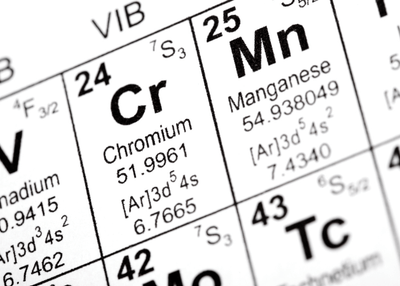Analies Dyjak | Policy Nerd
For Hydroviv’s assessment of drinking water quality in Orono, Maine, we collected water quality test data from the most recent Consumer Confidence Report and the U.S. Environmental Protection Agency. We cross referenced water quality data with toxicity studies in scientific and medical literature. The water filters that we sell at Hydroviv are optimized to filter out contaminants that are found in both Orono and Veazie drinking water.
Where Does Orono Source Its Drinking Water?
Orono and Veazie source its drinking water from four groundwater wells located just off of Bennoch Road. Orono-Veazie Water District treats its drinking water with chlorine, fluoride, and sodium hydroxide.
Lead In Orono/Veazie Drinking Water
In recent years, both municipalities have had a major problem with Orono-Veazie water quality, including lead in drinking water. Lead enters tap water through old lead service pipes and lead-containing plumbing. 10% of sites that were tested for lead had concentrations over 3.7 parts per billion. Environmental Protection Agency, Center for Disease Control, and American Academy of Pediatrics all recognize that there is no safe level of lead for children. Treated water leaving the plant may be in compliance with the loose EPA threshold of 15 parts per billion, but could become contaminated once exposed to older infrastructure. Additionally, municipalities are only required to test a handful of homes every few years, so the levels reported in the most recent annual water quality report might not reflect the lead levels in your tap water. Houses built before 1986 were most likely built with lead plumbing and lead fixtures. This is a huge problem for water quality in Orono, Maine because lead exposure can cause developmental issues, lowered IQ, and damages to the kidneys and brain. Orono has historically had high levels of lead in drinking water. For example, in 2012, 10% of samples tested for lead had concentrations over 13 parts per billion.
Disinfection Byproducts In Orono/Veazie Drinking Water
Orono/Veazie municipal water is contaminated with disinfection byproducts or DBPs. DBPs are formed when the chlorine-based disinfectants that are routinely added to the water supply, react with organic material. They are split into two categories: Total Trihalomethanes (TTHMs) and Haloacetic Acids-5 (HAA5). Water samples were collected and tested for DBPs from 1215 State Street and the University of Maine Student Union. Concentrations of HAA5 averaged 9 parts per billion at the State Street location and 33 parts per billion at the UMaine Student Union. Concentrations of TTHMs averaged 64 parts per billion at the State Street location and 36 parts per billion at the UMaine. For a bit of perspective, EPA’s Maximum Contaminant Level is 60 parts per billion for HAA5 and 80 parts per billion for TTHMs. Disinfection Byproducts are a category of emerging contaminants which means they have been detected in drinking water but the risk to human health is unknown. Regulatory agencies have very little knowledge about the adverse health effects of DBPs, and their toxicity. EPA has stated that they have been linked to an increased risk of bladder cancer, as well as kidney, liver, and central nervous system problems.
It’s important to note that only a handful of contaminants are required to be included in annual Water Quality Reports, and that there are hundreds of potentially harmful unregulated contaminants that aren’t accounted for. If you’re interested in learning more about water filters that have been optimized for Orono-Veazie water quality, feel free to visit www.hydroviv.com to talk to a Water Nerd on our live chat feature or send us an email at hello@hydroviv.com.
Other Articles We Think You Might Enjoy:Lead Contamination In Drinking Water
Disinfection Byproducts In Drinking Water: What You Need To Know





